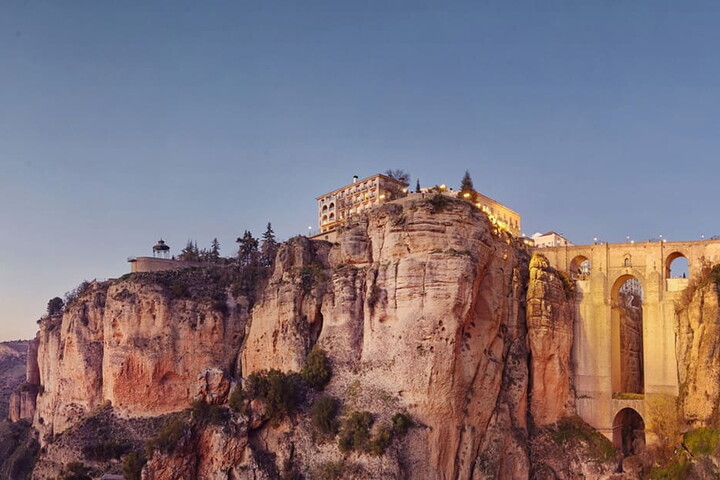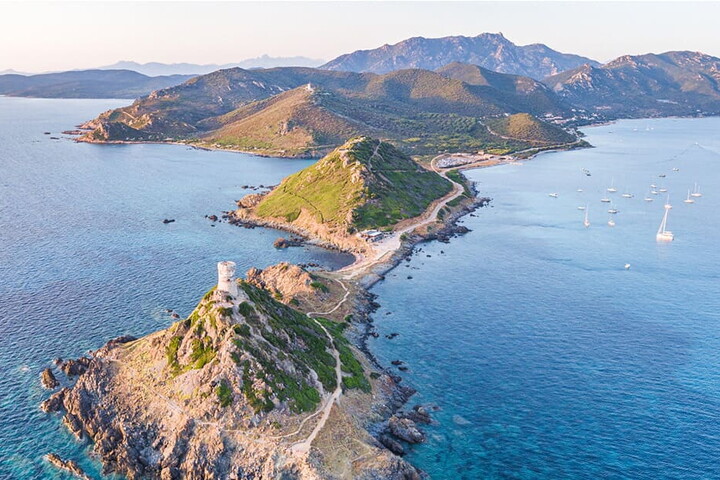Corsica is one of those islands that captivates any traveller, as evidenced by the accounts of various writers, some of the most prominent figures in world literature, such as Alexandre Dumas. The urge to describe and narrate this territory stems from its unique and detailed landscape, its centuries-old traditions, the grit and stubbornness of the Corsican people, and its roads which, as the British scholar Dorothy Carrington put it, reveal the island only to those who are unhurried, to those who want it to unveil itself slowly, curve after curve. This peculiar characteristic of Corsica has remained almost untouched over the centuries, and even if you find yourself travelling modern crossroads instead of mule tracks and impervious paths, the idea of embarking on an adventure upon landing on the island is common to all travellers.
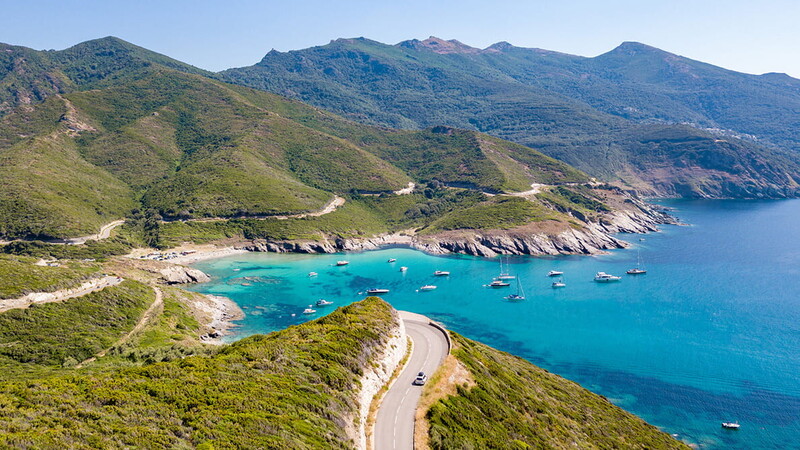
For Italian tourists, the discovery of Corsica begins in our own country. The preferred option for those who want to embark on a road trip on the French island is to take a ferry and embark with your own car from an Italian port, such as Livorno, Savona, Genoa, Piombino, or Santa Teresa di Gallura. There are two arrival ports: Bastia and Bonifacio (the latter, only if departing from Sardinia). Your journey can begin from either of these cities. For instance, from Bastia, you can take the D80 state road that leads to Saint-Florent. This route is very popular with drivers because it is winding in some parts, perfect for those who enjoy a more sporty drive, but it is also extremely scenic with a captivating view of the sea and cliffs, especially at sunset. As you drive, you'll discover the northern area of Cap Corse, the wildest and most authentic part of Corsica, with some of its most characteristic villages. One such village is Centuri, known for its pastel-coloured harbour and lobster fishing. Here, you can eat the best lobsters in all of France at any small restaurant or one of the quaint establishments overlooking the sea that serve the day's catch. But if you're in the northern part of the island, you absolutely must visit the Asco Valley, one of the jewels of the Corsica Regional Natural Park. Indeed, by following the path of the Asco river, on a road surrounded by red granite gorges, you can reach magnificent natural pools, where you can swim, or embark on a hike to the Genoese bridge. The ideal solution is to leave the car just after the town of Asco and then continue on foot for a short 15-minute hike: the effort will be rewarded with the chance to dive into Corsica's clearest waters.
If you arrive in Bonifacio, on the other hand, there's the entire southern part of the island to discover. Continuing towards Porto Vecchio, you'll encounter some of the most beautiful beaches in this region, such as Piantarella, Rondinara, Palombaggia, and Santa Giulia. Fine sand, turquoise water, and endless vegetation are the main characteristics of these places which, over the years, have also become the most popular destinations for those who prefer camping to hotel accommodation. Nearby, you'll find many equipped areas that still offer the chance to be completely immersed in nature. Once you arrive in Porto Vecchio, you can choose to take the D368 and reach Col de Bavella: here, you'll find yourself facing a landscape that might seem familiar. On the horizon, in fact, stand the famous Aiguilles de Bavella, Corsica's most renowned granite peaks. The road to reach this mountain pass, located at an altitude of approximately 1,218 metres, is a favourite among drivers and motorcyclists: the numerous hairpin bends wind through the forest and mountains, revealing a truly unique image of Corsica. It is possible, especially in summer, that the road might be particularly busy, but in this case, a few slowdowns can turn into an opportunity to enjoy the surrounding panorama for a few extra minutes.
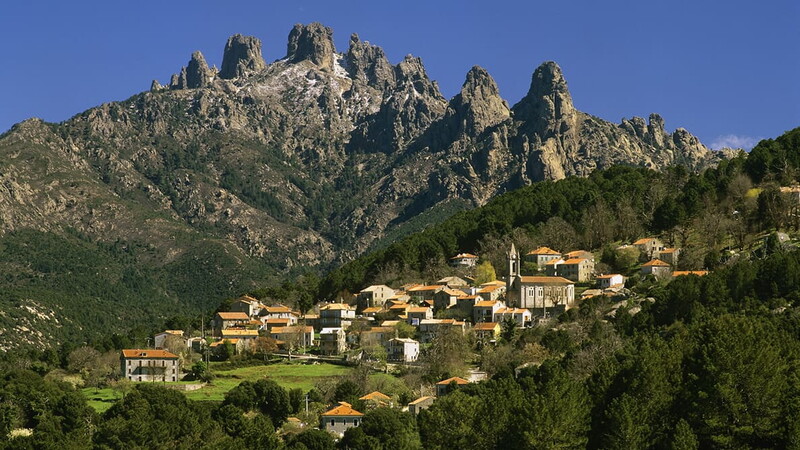
But the Corsican road trip experience wouldn't be complete without driving one of Europe's most iconic and well-known roads: the D81 connecting Porto to Ajaccio. Why is it so famous? It is a regional road that demands a certain level of driving skill and attention because it features numerous sheer drops, often steep and particularly narrow curves. However, this artery succeeds in uniting the island's two souls - mountain and sea - by crossing some of Europe's most unique natural landscapes: the Calanches de Piana, the famous red granite rocks that dominate the Corsican landscape. This is an almost unique geological formation, which for this reason, has been added to the UNESCO World Heritage list. If you want to observe them up close, you can also choose to leave the car in one of the equipped areas and continue with some of the treks along the paths and mule tracks that start from this area: there are options of varying difficulty and length.
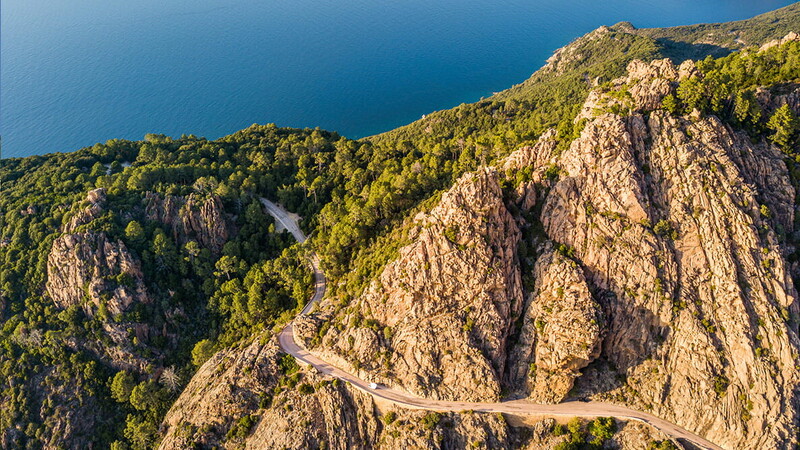
Before packing your bags and tickets, however, it is a good idea to remember to perform some checks on your car. If you choose to depart in summer, it is advisable to have a review of the entire cooling system and air conditioning: temperatures in Corsica can be very high, and you need to ensure your car doesn't overheat and that your journey can be made in comfort rather than heat. In addition to this, it is also crucial to check the brakes: the winding roads with sheer drops will put them particularly to the test, and if you want to be fully confident while driving, it is best to proceed with a thorough check-up to ensure their proper functioning. Now that you're ready to go, don't forget to hold onto that spark of adventure that has made Corsica beloved by all travellers fortunate enough to visit it.


